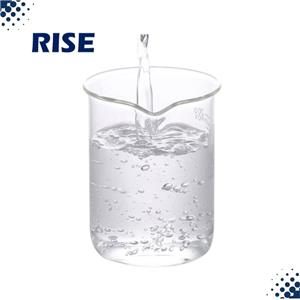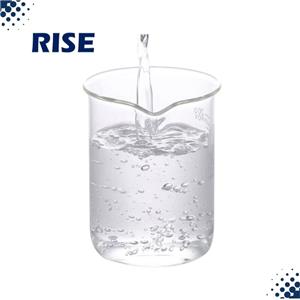How to choose the right defoamer? Here's the answer.
Defoamer, as the name suggests, are substances that reduce the surface tension of liquids during production, thereby eliminating foam. Foam is ubiquitous in our daily lives and industrial production, such as the foam produced when washing clothes, the foam on the surface of beer, and the foam generated during paper manufacturing. Most of the time, foam can cause significant inconvenience, which is where defoamer come in handy. Defoamer act as the “nemesis” of foam, quickly eliminating annoying foam and effectively improving industrial production efficiency and quality.
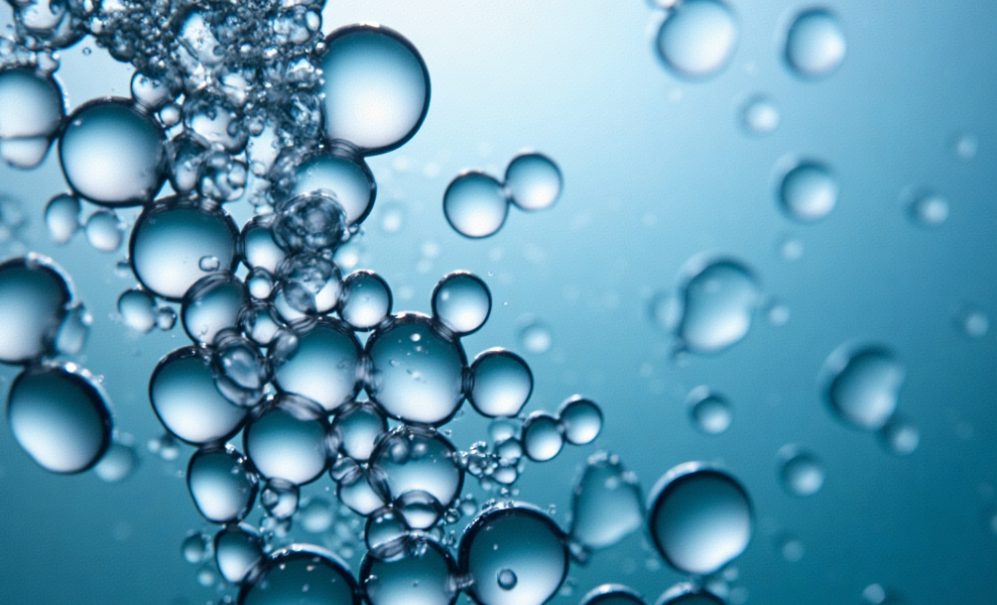
CLASSIFICATION OF DEFOAMERS
Silicone defoamer
Silicone defoamer is typically formulated by mechanically emulsifying silicone grease, emulsifiers, water-repellent agents, thickening agents, and other components with an appropriate amount of water. Silicone defoamer have low surface tension and high surface activity, which gives them strong defoaming capabilities while requiring minimal usage and offering cost-effective solutions. Silicone defoamers are immiscible with water and most organic substances, yet they effectively eliminate foam in a wide range of foam-forming media. Silicone defoamers also exhibit excellent thermal stability, capable of operating within a wide temperature range of 5°C to 150°C. They also demonstrate good chemical stability, rarely reacting with other substances. When properly formulated, silicone defoamers can be used in acidic, alkaline, or saline solutions without affecting product quality. Silicone defoamers possess both foam suppression and foam breaking functions across all foam systems, categorizing them as broad-spectrum defoamers.
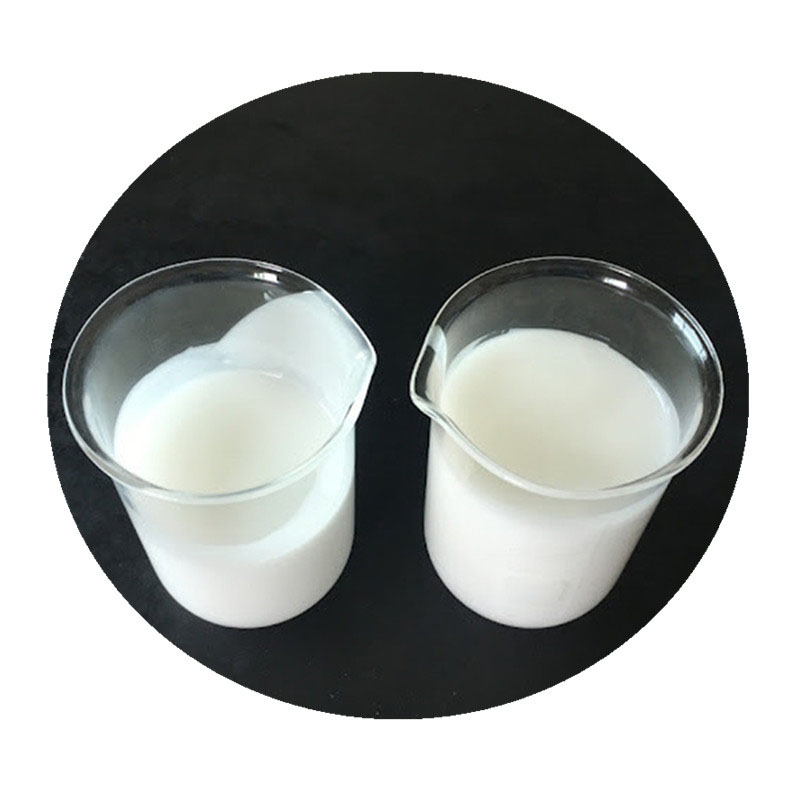
Polyether defoamer
Polyether defoamers mainly include straight chain polyethers (such as polyoxyethylene and polyoxypropylene) and polyether derivatives with alcohol, ammonia (amine) or esterification end groups. Polyether produced by ring opening polymerization of epoxyethane and epoxypropane is a high-performance water-soluble non-ionic surfactant. When in contact with water, the oxygen atoms in the ether bond can bond with the hydrogen atoms in the water through hydrogen bonding, resulting in a twisted molecular chain with hydrophilic groups facing outward. The polyether chain is easily bound to water. When the temperature rises, the molecular motion becomes more intense, and the twisted chains become serrated, losing their binding affinity with water. The temperature at which polyether molecules change from a low-temperature dissolved state to a turbid state is the cloud point of polyether. Polyether defoamers can only exert their defoaming effect when the system temperature exceeds the cloud point. By adjusting the ratio and molecular weight of ethylene oxide and propylene oxide, the cloud point can be lowered, thereby reducing the water solubility of defoamers and enabling them to have good defoaming and anti foaming abilities even at low temperatures.
Polyether defoamers have the advantages of being non-toxic, easy to use, good dispersibility, thermal stability, and chemical stability. However, the disadvantage is that the foaming rate is low. Once a large number of bubbles are generated in the system, the polyether defoamer cannot be effectively extinguished in a timely manner, and a certain amount of defoamer needs to be added.
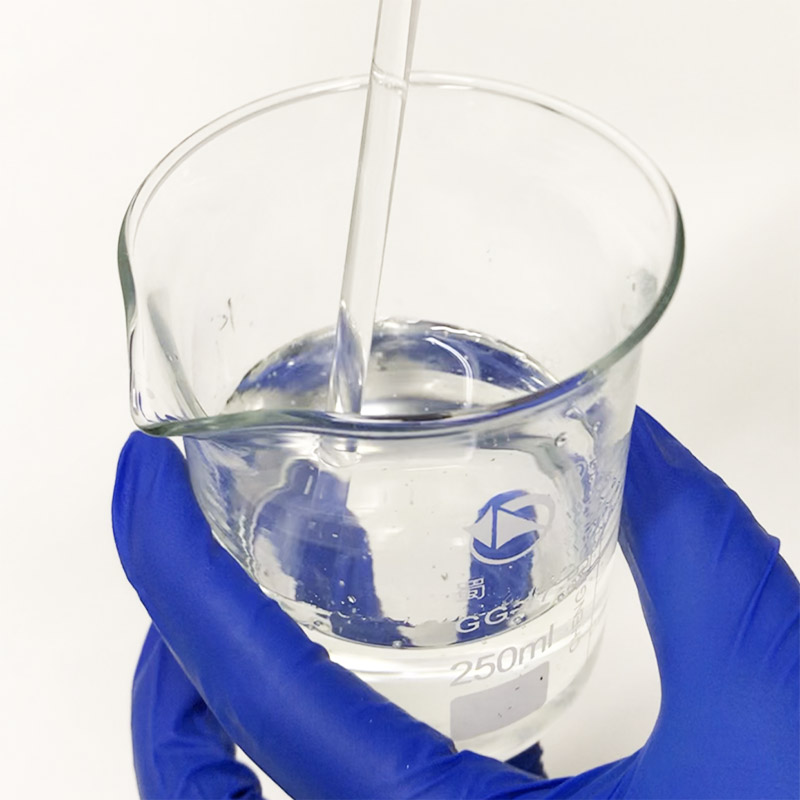
Silicone-ether hybrid defoamer
Silicone-ether hybrid defoamers come in two forms: one is a blend of silicone oil and polyether using an emulsification method; the other is a polyether grafted onto the silicone oil chain, i.e., polyether-modified polysiloxane defoamer. The former has a simpler preparation process, but emulsification is the key issue; the latter has the advantage of good stability and can emulsify on its own without the need for additional additives, but its preparation process is relatively complex, requires higher conditions, and has higher costs.
Silicone-ether hybrids, particularly polyether-modified polysiloxane defoamers, combine the advantages of both silicone defoamers and polyether defoamers. They not only possess the strong defoaming efficacy, low surface tension, low volatility, non-toxic, non-polluting, and physiologically inert characteristics of polysiloxane-based defoamers, but also the high-temperature resistance and strong alkali resistance of polyether-based defoamers. It is an excellent defoamer with broad application prospects. In the molecules of silicone-ether copolymers, the siloxane segments are hydrophobic groups, and the polyether segments are hydrophilic groups. The groups in the polyether chain segments significantly influence the performance of silicone-ether copolymers. Polyethylene oxide chains in the polyether segments provide hydrophilicity and foaming properties, while polypropylene oxide chains provide hydrophobicity and penetrating power, effectively reducing surface tension. By adjusting the proportion of siloxane segments in the copolymer, the characteristics of silicone can be emphasized or weakened.
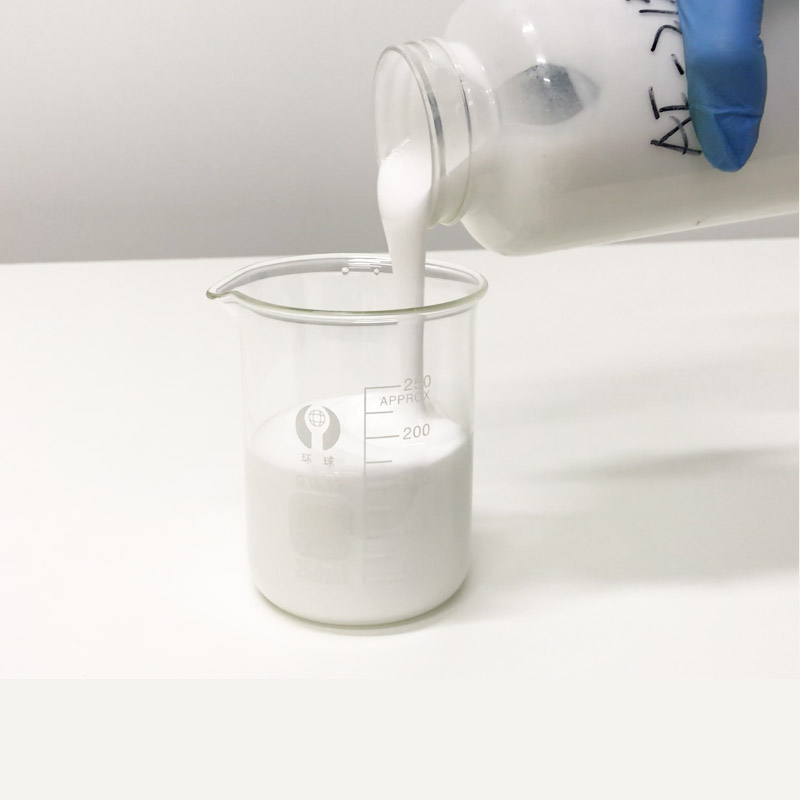
Please feel free to contact us for a one-on-one foam solution!
* 20+ years Manufacturer operating defoamer
* Cooperate with Fortune 500 company
* Factory area 20,000 square meters,12 productionlines.
* 297emplovees,including 42in the R&D team
* 95 R&D patents.Give support and good service


